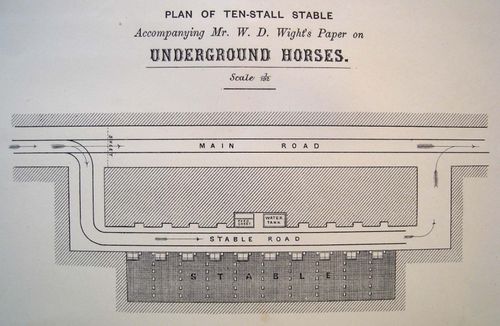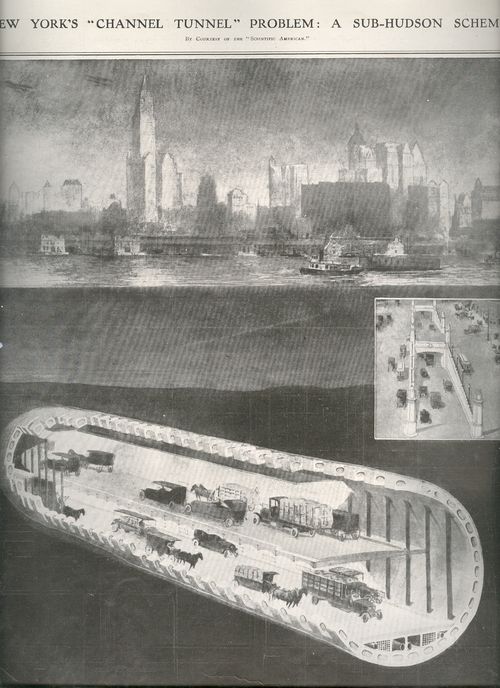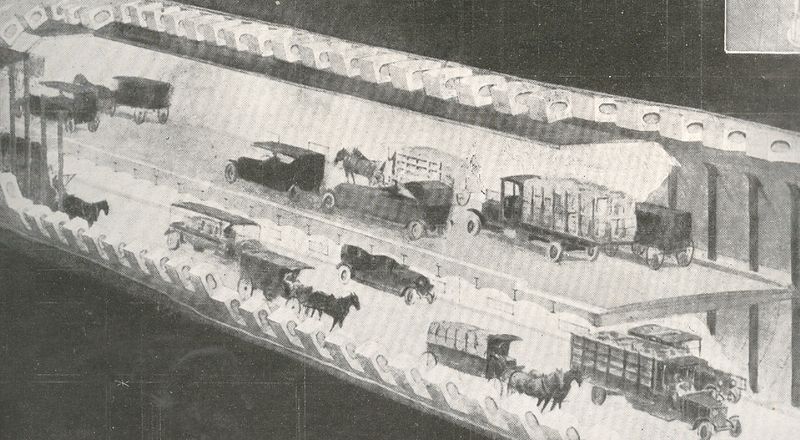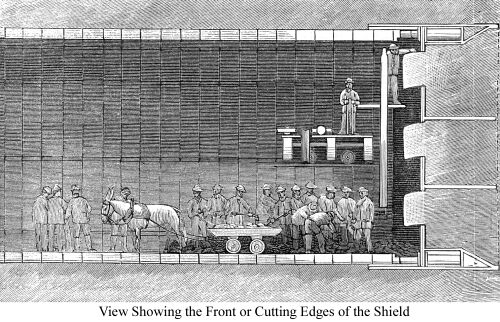JF Ptak Science Books LLC Post 894
My wise friend Jeff Donlan wrote me the other day about
being momentarily stopped in his tracks on hearing a friend saying that they
were reading their (news)paper on a kindle. Being a bookman and a librarian, his
mind’s eyebrows were raised at the irony of the digital “paper”, and then
pressed on. Kindle may well be on its
way to transforming our concept of the “paper” part of “newspaper” and paper
–printed books in general, and again may be the biggest leap in the
transformation of the distribution of knowledge since the beginnings of the
mass popularization of the internet. I wonder if kindle-esque innovations will
put and keep the word “paper” in quotation marks (or in a Maris-like asterisk*)
and place paper-based info distribution into the antiquarian’s domain. Seems that this is the natural order, a steady progression,
to make communication among our kind simpler—and if not more simple, then
providing more data with greater ease than previously imagined. And I’m not talking here about discussing some
sort of massive abecedary, working from Ugaritic proto-Canannite pre-Phoenician
pre-Greek- alphabet and so on; just an outline of the major deals: moving from spoken word like Thucydides
oceanic memorization and recitation of the Greek cultural cornerstones of the Iliad and Odyssey) to dramatic traditions to written stories to Medieval
copyists to woodblock printing to movable type1 to, well, what, the
internet? And then to kindle-like
machines?
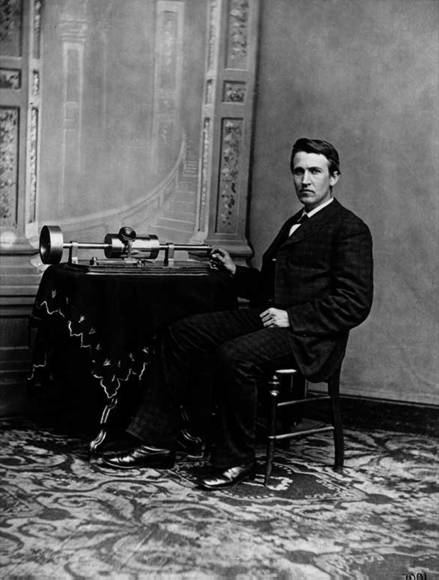 But before the modern kindle there was perhaps a kindle-like
precursor that snakes its way in history to (at least) the very capable hands
of Thomas Edison, who in a furious few years in the mid 1870’s2 invented the
light bulb and the phonograph3 (the later coming as a direct byproduct on work
done on the telephone and telegraph).. He celebrates his phonograph in the North American Review (May 1878)4 and
then lists what he saw as the readymade faits
acomplis of the phonograph, the first of which was weirdly/spectacularly
worded: “1. The captivity of all manner
of sound-waves heretofore designated as fugitive, and their permanent
retention.” Do you hear a soundtrack
with that description? I did. He proceeded with less fanfare: “2. Their
reproduction with all their original characteristics at will, without the
presence or consent of the original source, and after the lapse of any period
of time. 3. The transmission of such captive sounds through the ordinary channels of
commercial intercourse and trade in material form, for purposes of communication
or as merchantable goods. 4. Indefinite multiplication and preservation of
such sounds, without regard to the existence or non-existence of the original source. 5. The
captivation of sounds, with or without the knowledge or consent of the source
of their origin.”
But before the modern kindle there was perhaps a kindle-like
precursor that snakes its way in history to (at least) the very capable hands
of Thomas Edison, who in a furious few years in the mid 1870’s2 invented the
light bulb and the phonograph3 (the later coming as a direct byproduct on work
done on the telephone and telegraph).. He celebrates his phonograph in the North American Review (May 1878)4 and
then lists what he saw as the readymade faits
acomplis of the phonograph, the first of which was weirdly/spectacularly
worded: “1. The captivity of all manner
of sound-waves heretofore designated as fugitive, and their permanent
retention.” Do you hear a soundtrack
with that description? I did. He proceeded with less fanfare: “2. Their
reproduction with all their original characteristics at will, without the
presence or consent of the original source, and after the lapse of any period
of time. 3. The transmission of such captive sounds through the ordinary channels of
commercial intercourse and trade in material form, for purposes of communication
or as merchantable goods. 4. Indefinite multiplication and preservation of
such sounds, without regard to the existence or non-existence of the original source. 5. The
captivation of sounds, with or without the knowledge or consent of the source
of their origin.”
Edison then goes on to list what he saw as distinct
“possibilities” for the use of the phonograph in the not-too-distant future.
There are ten major prospects, the “bookish” aspect and the first major assault
on the way we read is listed fourth (though he wasn’t necessarily weighting his
list in any way). Some of the others in
this list (all of which cam to fruition) include: 1.Dictation and letter writing—using the phonograph to
record letters and correspondence, which was baldly aimed at the business and
corporate trade as the machine was relatively difficult to operate and
expensive. 2 Phonographic
“books”. I noticed that that Edison did not
change the word “book” in any way, even though the book is no longer there with
the application of the phonograph, just the read and spoken words. “Books may be read by the charitably-inclined
professional reader, or by such readers especially employed for that purpose,
and the record of such book used in the asylums of the blind, hospitals, the
sick-chamber, or even with great profit and amusement by the lady or gentleman
whose eyes and hands may be otherwise employed; or, again, because of the
greater enjoyment to be had from a book when read by an elocutionist than when
read by the average reader.” 3. Family records. “For the purpose of preserving the sayings,
the voices, and the last words of the dying member of the family [emphasis
mine] as of great men the phonograph will unquestionably outrank the
photograph.”4. Toys: “A doll which
may speak, sing, cry, or laugh, may be safely promised our children for the
Christmas holidays ensuing. Every species of animal or mechanical toy such as
locomotives, etc. may be supplied with their natural and characteristic
sounds.”
Edison
continued, writing on the phonograph’s application for the study of elocution,
speaking clocks, language preservation (as in documentation of the proper way
of speaking a certain language, something that would’ve come in handy in the
spike of disappearing languages at the end of the 19th century),
telephone recorders and pedagogical lessons.
But
this is all a little far afield from the kindle aspect. Is
the development of things like the kindle another step in the metaphorical
development of a technological alphabet?
Like developing an alphabet for a language, where there are a finite
numbers of symbols that elegantly possess the capacity to transmit all of the
words of a spoken language, is there a corollary for something that makes
systemic sense for the technological transmission of knowledge? I guess the
question would be whether the development of the kindle (and so on) provides
another step towards the completeness of what now stands as a chaotic
environment of information and knowledge distribution?=I
don’t think that there is yet a driving, poetic sense to these new
technologies. The new media provide the means to information but not
necessarily the way to it. They also
don’t lend themselves to memorization, which in the old semi-mnemonic days was
a way to not only record info but also to help understand it by enforcing
prolonged exposure and thought. With as
much data that is daily available, perhaps new information is simply filling
memory holes on the vast hole-ridden plane that is the fabric of the new way of
gathering information. I have little
doubt that in the next revolutionary step in this whole process will be more
knowledge-based than suffering under the weight of primitive
search-engine-based data retrieval of today.
I’d say that once the alphabet of technology is more complete, and that
the issues of search, organization, storage and retrieval makes more sense,
that it may well then leave paper behind.
And perhaps after the power and elegance of having a knowledge system
like this that the next giant step would be not having the devices simply with
us, but in us.
Notes
1. It is interesting to note that among the first items
printed on movable type presses were
packs of tarot cards and religious indulgences (get-out-of-hell cards).
2. For an annotated chronology of some of Edison’s
career see HERE.
3.Edison presented his invention at the offices of the Scientific
American in New York City, the magazine reporting the event in
its 22 December 1877 issue:
"Mr. Thomas A. Edison recently came into this office, placed a little
machine on our desk, turned a crank, and the machine inquired as to our
health, asked how we liked the phonograph, informed us that it was very
well, and bid us a cordial good night." Edison
applied for his patent for the highly original invention on 24 December,
receiving it on 19 February 1878 (patent # 200,521). He would soon lose
interest in this invention and move onto other big things (inventing, for
example, the biopolar dynamo in the next year); it would be Emile Berliner
(1851-1929, and who invented the microphone in this same year) to improve
the phonograph and make it more affordable and accessible and increase its
utility immeasurably. 1877 also saw the publication of Rayleigh’s superb Theory of Sound and Boltzmann’s
revision of the second law.
4. Source here.
Of further interest:
For general browsing in 19th century journals see
the invaluable Library of Congress contribution
Rutgers houses the Edison papers here.
"Clocks Which Will Talk: The Wonderful Possibilities of
Edison's Invention." New
York Sun (April 28, 1878). TAEM
25: 173-174.
"The Phonograph and Its Future." Scientific
American Supplement 124 (May 18, 1878): 1973. TAEM 25: 269.
"The Phonograph and Its Future." North
American Review 126 (May-June 1878): 527-536. Reprinted widely. TAEM
25: 198-199.
"To the Editor." New York Tribune (June 8,
1878): 5.
"The Phonograph and Its Future." Telegraphic
Journal 6 (June 15, 1878): 250. TAEM 25: 265.
"To the Editor." New York Tribune (June 27,
1878): 5. Reprinted in Engineering [see below]. Not selected.
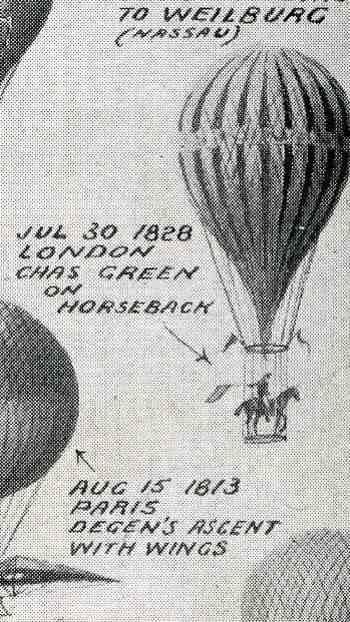 and
now to horses underwater. Or sort of.
This image from The Illustrated London News (5 April 1919) presents a
cross-section of a proposed Hudson River tunnel connecting the
and
now to horses underwater. Or sort of.
This image from The Illustrated London News (5 April 1919) presents a
cross-section of a proposed Hudson River tunnel connecting the 

